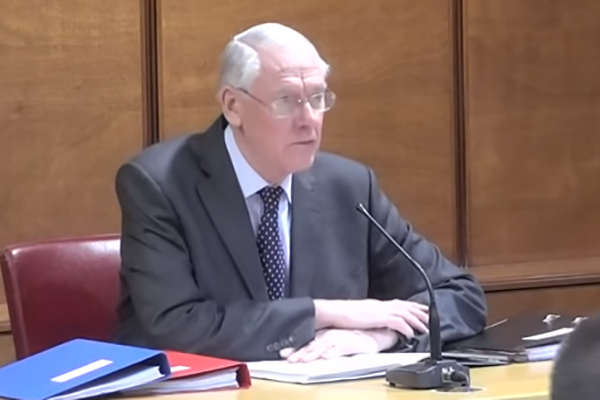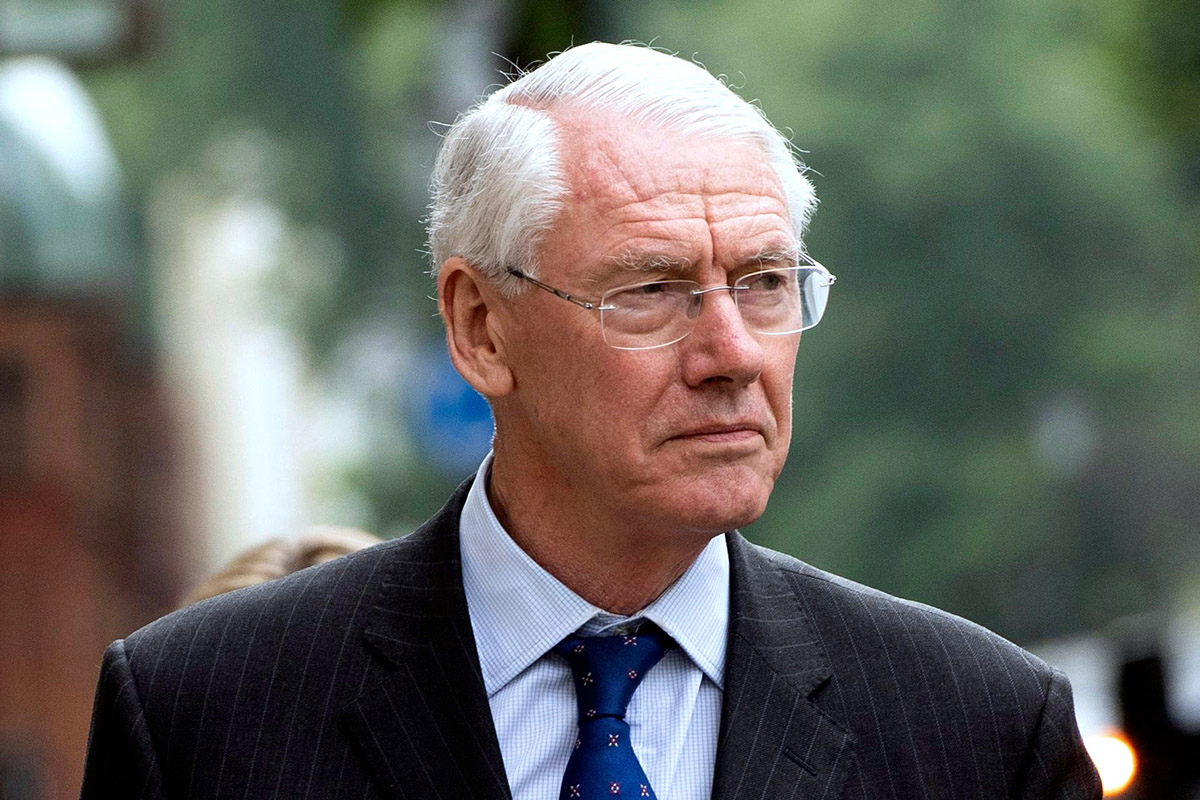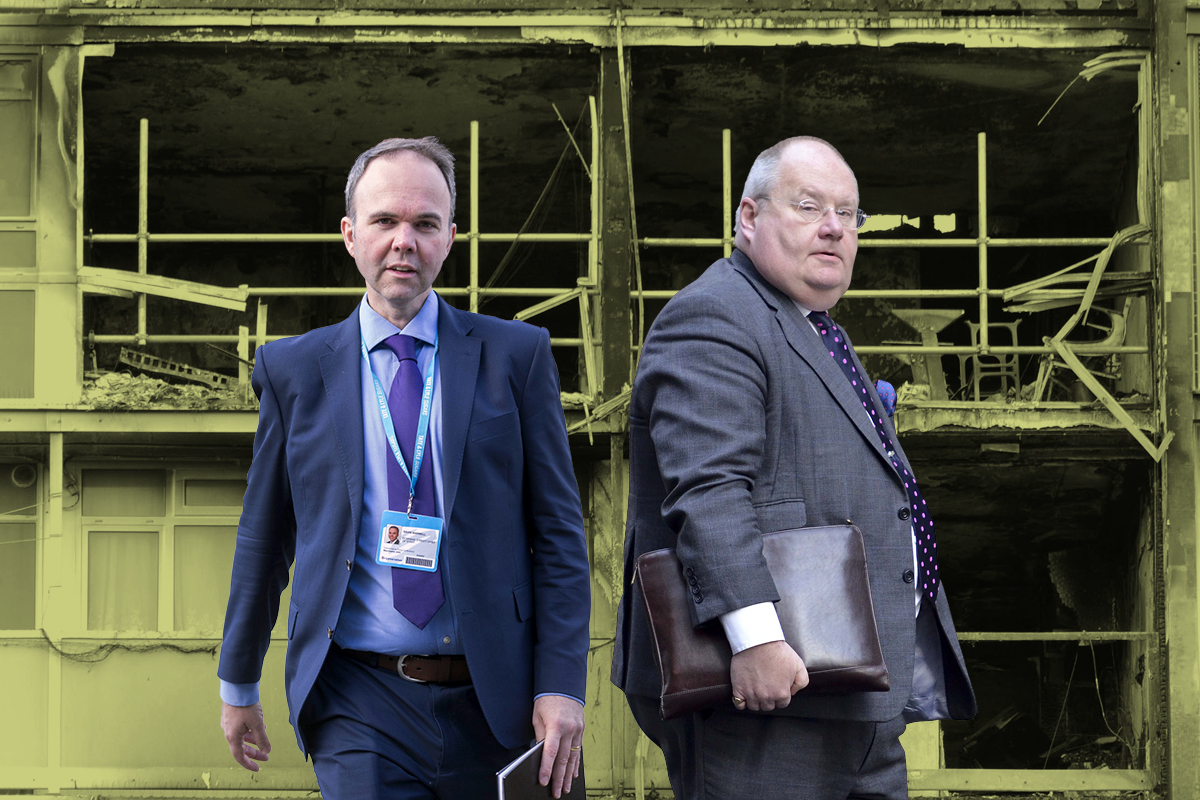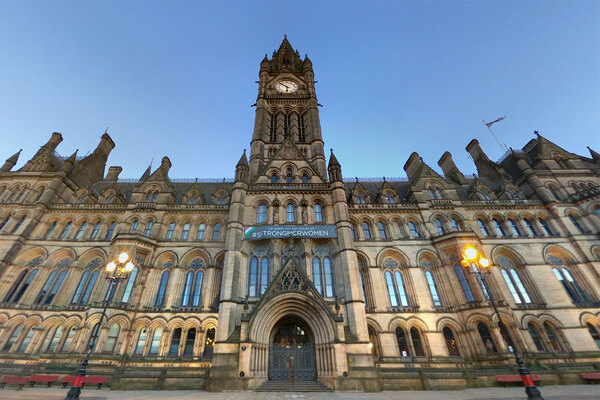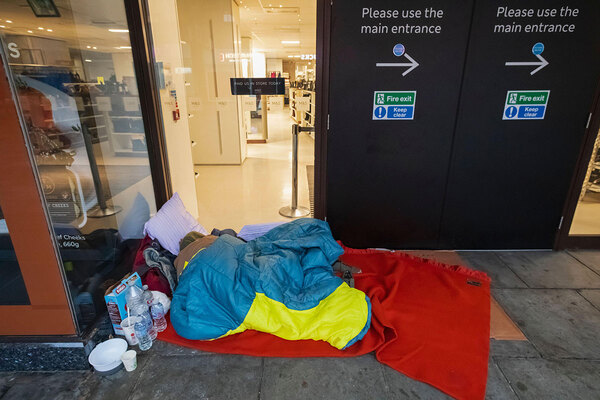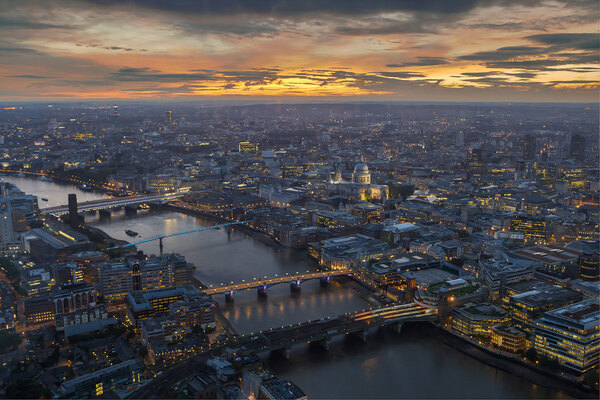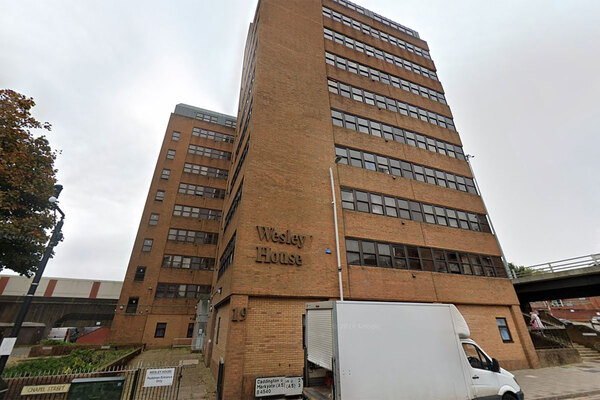You are viewing 1 of your 1 free articles
Is your approach to fire safety reliant on faith in the system or good judgement?
The Grenfell Tower Inquiry report suggests that housing providers and the fire service have not been willing enough to plan for worst-case scenario fires in high-rise buildings. Martin Hilditch outlines how the inquiry’s report should guide thinking and practice
Is your approach to fire safety more a matter of faith than judgement?
The report of the first phase of the Grenfell Tower inquiry, published this week, should push everyone responsible for the safety of residents in tower blocks to scrutinise their decision-making more closely. It is scathing of the fire service’s – and, by implication, housing providers’ – inability to challenge received wisdoms and long-standing procedures when it came to protecting residents.
Because of the ubiquity and widespread acceptance of the ‘stay put’ policy in the sector, it is referred to as an “article of faith” in the report. Despite the 2009 Lakanal House fire, in which six people died after being told to remain in their flats as fire tore through a block in Southwark, stay put was a concept that many still regarded as unsinkable.
Put simply, the inquiry concluded that stay put works… until it doesn’t.
What are the results of this for housing providers? First, the report makes clear that effective compartmentation “will probably continue to provide a safe basis for responding to the vast majority of fires in high-rise buildings”.
Crucially, however, it states that nobody’s thinking should stop at this point. The owner and manager of every high rise should be legally required to draw up and review evacuation plans, which should be kept on the premises, and prepare evacuation plans for all residents whose ability to get out by themselves may be compromised. This would – and should – change the way that blocks of flats are managed in the UK.
“Despite the Lakanal House fire, stay put was a concept many still regarded as unsinkable”
If your approach is guided by the fact that regulations apply only to blocks of flats taller than 18m, the report is a wake-up call, too. While it makes no formal recommendation, it notes that requirements relating to high rises in Scotland apply to buildings taller than 11m – and says that it will consider in its second phase whether a lower height should be stipulated in England.
One area where the report does go along with received wisdom is in stating that combustible materials in the external walls of Grenfell – mainly aluminium composite material cladding but also combustible insulation – were the reason the fire spread so quickly to the whole of the building.
It concludes that there is “no rational basis” for believing that the external walls met building regulations. This rightly means there will be further scrutiny of individual firms and decision-making.
But vitally – according to this publication, at least – it doesn’t absolve government of responsibility. Indeed, the focus of the second phase of the inquiry will be the decisions that led to the installation of the cladding and the “background against which they were taken”. The incoherent nature of building regulations and the repeated batting away of criticism that they were confusing must surely come in for detailed scrutiny in the next phase.
This week’s report should challenge the housing sector to think again when it comes to fire safety. The next phase must challenge the establishment rules that underpinned the whole sorry system.

